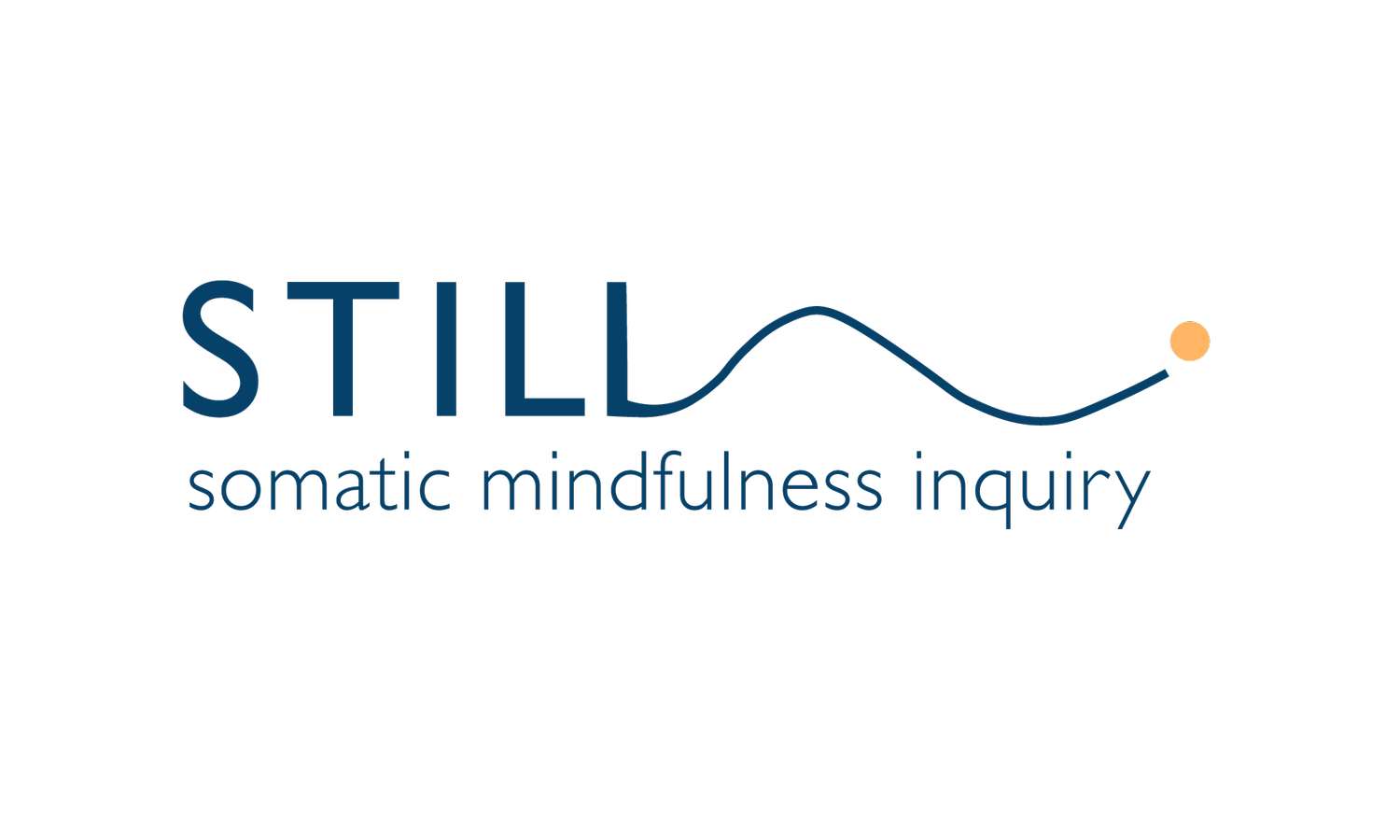When We Distance from Others
Safety, Fear, and the Path to Connection
In times of social stress, uncertainty, or conflict, many of us instinctively pull back from situations and from people. We may not even realize we’re doing it. A stranger on the street makes us nervous. A news headline tightens our chest. A political opinion at the dinner table triggers irritation or fear. Our nervous system reacts long before our reasoning mind catches up. In this subtle (or not-so-subtle) distancing, we can lose touch with our shared humanity.
This internal distancing is often a reflection of something deeper: our need for safety. Neuropsychologist Dr Rick Hanson describes the brain’s negativity bias with a memorable phrase: “The brain is like Velcro for the negative and Teflon for the positive.”
We aren’t doing something wrong. Our brain function is not our fault. Our survival brain evolved to keep us alive in a dangerous world, scanning constantly for threat. In our modern environment, saturated with media images of violence, pain, and polarization, this ancient wiring often backfires. We become hyper-vigilant, flooded with fear or distrust, and increasingly disconnected from others.
We feel mildly uncomfortable, creating a subtle withdrawal in conversation. At other times, our fear flares into defensiveness, judgment, or even hostility. We categorize someone as “other,” often without conscious thought. A difference in race, clothing, politics, mental health, or socioeconomic status can all become unconscious signals that someone is unsafe. When fear takes over, we go into a survival response of fight/ flight/ freeze/ fawn.
Our nervous system plays a central role in our lives. When we’re in what Rick Hanson calls the red zone, activated and dysregulated, we’re more likely to experience fear, anger, or resentment. We lose our ability to stay present. We become reactive and it’s nearly impossible to stay open to connection or compassion.
This is why working with our own regulation is so essential. We pause, breathe, become aware of our body and we notice what’s true right now. We are not in denial. There are very real dangers in the world. There’s also a world of distorted fear, shaped by personal trauma, media influence, and cultural conditioning. Between real danger and imagined threat lies our freedom to respond.
One powerful way to explore this is through somatic inquiry. What am I afraid of? Where do I feel it in my body? What beliefs live inside that fear? When I think of people who aren’t “like me” what stories arise? If I imagine myself standing in someone else’s shoes, especially someone I’ve distanced from, what might I begin to see?
“Learning to stand in someone else’s shoes, to see through their eyes… that’s how peace begins.” President Obama.
That kind of empathy isn’t automatic. It takes practice and courage. It asks us to stay present when we’d rather look away, to soften our defensiveness, and to feel into the discomfort of our assumptions.
This doesn't mean abandoning discernment or boundaries. It means bringing awareness and compassion to our internal reactions, so we can respond with choice rather than reflexively. When we regulate our nervous system, we create space for connection, within ourselves first, and then with others.
Activist and poet Audre Lorde understood this deeply. A Black lesbian, she wrote about the ways oppression weaves itself into our culture and our psyche. Sharon Salzberg, a meditation teacher, offers similar insight from a Buddhist perspective: when we are fragmented inside, we can’t authentically connect outside. When we start to feel the wholeness of who we are, we begin to resonate with the wholeness in others.
Distancing and othering are not moral failures. They are human reflexes shaped by pain, fear, and conditioning. We are not powerless in the face of them. Each time we notice the pull to disconnect and instead turn inward with care, we act from our humanity.
Try it now. Put your hand on your heart. Breathe. Feel what arises. Can you have empathy for the part of you that’s scared, or unsure? That wants to stay safe? That protects yourself from others? And if you feel ready, can you extend a little of that empathy outward?
It’s in these moments of small, embodied acts of awareness that real change begins.
Join us to explore together every week in our Sunday free community class. Details here.
